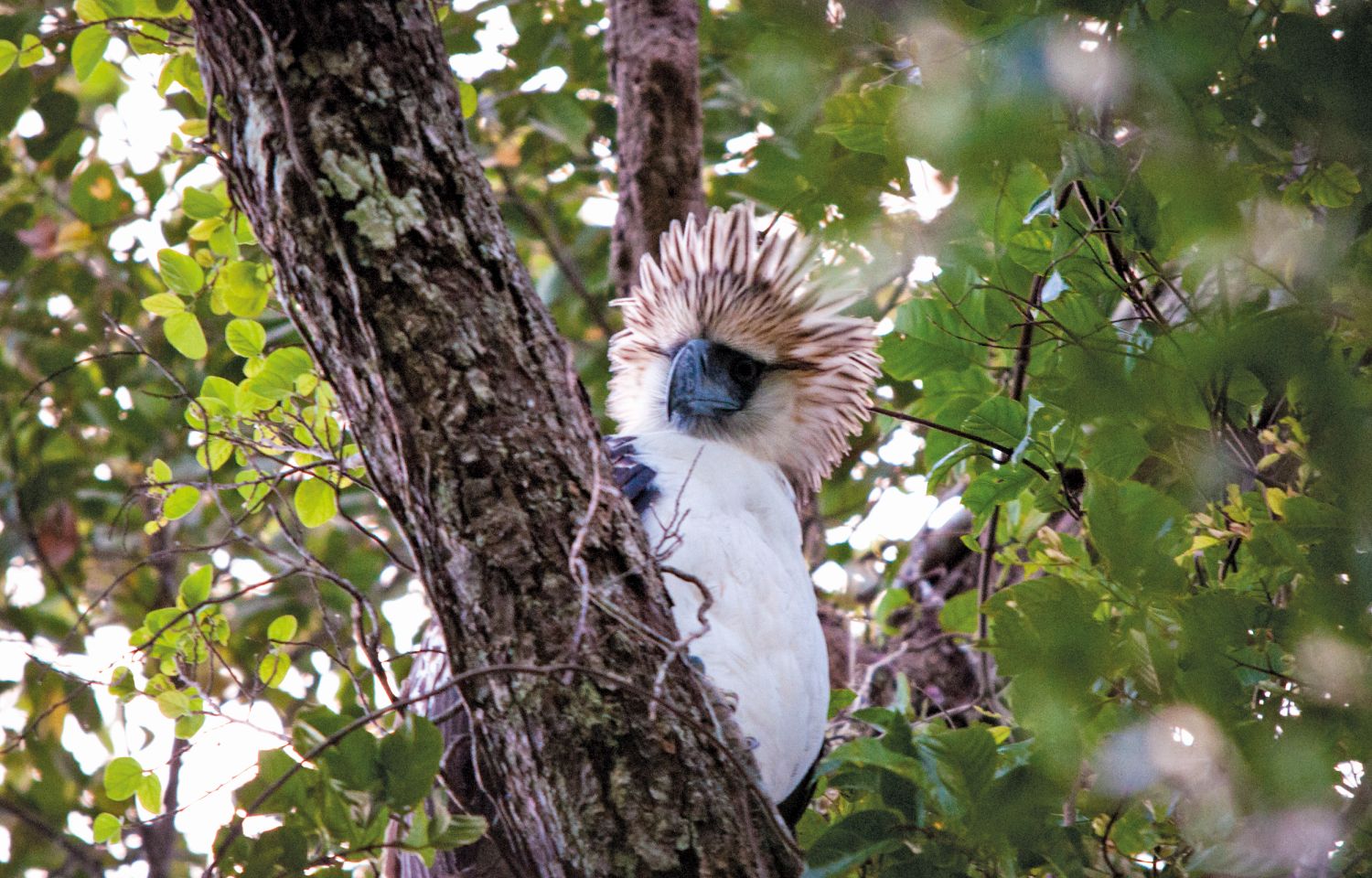 ©J. Kahil Panopio/Haribon Foundation
©J. Kahil Panopio/Haribon Foundation
Employing ‘rainforestation’ farming methods to grow income-generating crops that benefit forest communities.

The money-generating ‘rainforestation’ farm scheme grows valuable fruit & vegetable crops among the native trees

3,000 indigenous households will benefit from the rainforestation programme, as well as precious wildlife and ecosystems

Protecting this forest will keep vast amounts of climate-changing carbon dioxide out of the global atmosphere
Strengthened relationships with local and indigenous groups, and trained local volunteers in forest monitoring and protection.
The Hilong-Hilong project is led in the Philippines by BirdLife International’s local partner, the Haribon Foundation. Haribon has been fighting environmental damage in the Philippines since the 1970s. Over the past few years they have been successfully implementing a Forest Governance Project, with funding from the European Union, as a way to involve more local and indigenous people in the management and conservation of forests. This has included building close working relationships with indigenous communities such as the Manobo and Mamanwa peoples. Together they selected a team of volunteer forest watchers, training them in environmental law, business planning and forest monitoring using state-of-the-art remote technologies. Their reporting is fed back to government departments dealing with environmental protection and climate targets. The project is empowering women and indigenous families – groups that are all-too-often marginalised in natural resource management and decision-making.
Using ‘rainforestation farming’ to boost income and protect forests, empowering local and indigenous people to have more control and say over the future of their forests, and improving the lives and outcomes of more women and children.
The work in the Hilong-Hilong region is based around a ‘rainforestation’ farming model. The idea is to create a protective buffer zone around primary or replanted forests, to help maintain ecological services such as water and carbon sequestration. And to generate money for local people – in this case the Mamanwa and Manobo tribes.
Rainforestation farming means local native trees are interspersed with income-generating crops – including tropical fruit trees (mangosteen, langkong, rambutan, durian), and other valuable resources such as cacao, banana, abaca, rice, yam, cassava, sweet potato, ginger, okra, string beans, eggplant and squash. This helps increase local community incomes while preserving a healthy ecosystem. The estimated gross income is 482,200 Philippine pesos (just under $10,000) for one year of production per hectare of rainforestation farming. Training is given in rainforestation techniques, along with general awareness-raising around threats to the forest and how to overcome them.
Local communities should always be central to forest conservation. Indigenous peoples have always had first-hand knowledge of the forest. But despite being the ones most directly impacted by government and corporate decisions, their involvement is constrained by lack of technical knowledge, support and political influence.
The project will benefit women and children in particular, as they will have easy access to better income and nutrition. Families can also more easily send their children to school, being able to afford transportation and other expenses.
In a country severely damaged by deforestation, this region contains some of the Philippines’ only remaining old growth and primary forest.
Hilong-Hilong is a lushly forested mountain range in the Caraga region of north-east Mindanao – the second largest and most southerly of the Philippines’ many islands. The wide range of wildlife here includes at least 120 bird species, of which 59 are endemic – most notably the critically endangered Philippine eagle. Threatened flora includes the iconic Philippine ironwood tree.
This is a watershed forest too, providing drinking water and irrigation. It is the source of four major river systems, and is known for its waterfalls and lakes.
But this Key Biodiversity Area is under multiple threats. Rapid population growth in the region has been accompanied by agricultural expansion and road building, as well as illegal wildlife hunting for food and trade. It is also rich in metal ore deposits, including gold, copper, chrome, nickel and iron. There are at least 52 mining companies at various stages of exploration or application around Mount Hilong-Hilong. Irresponsible mining is a major cause of deforestation. And there is logging on a vast scale too – both legal and illegal.
Lead partner: Haribon Foundation
Lead Trillion Trees partner: BirdLife International